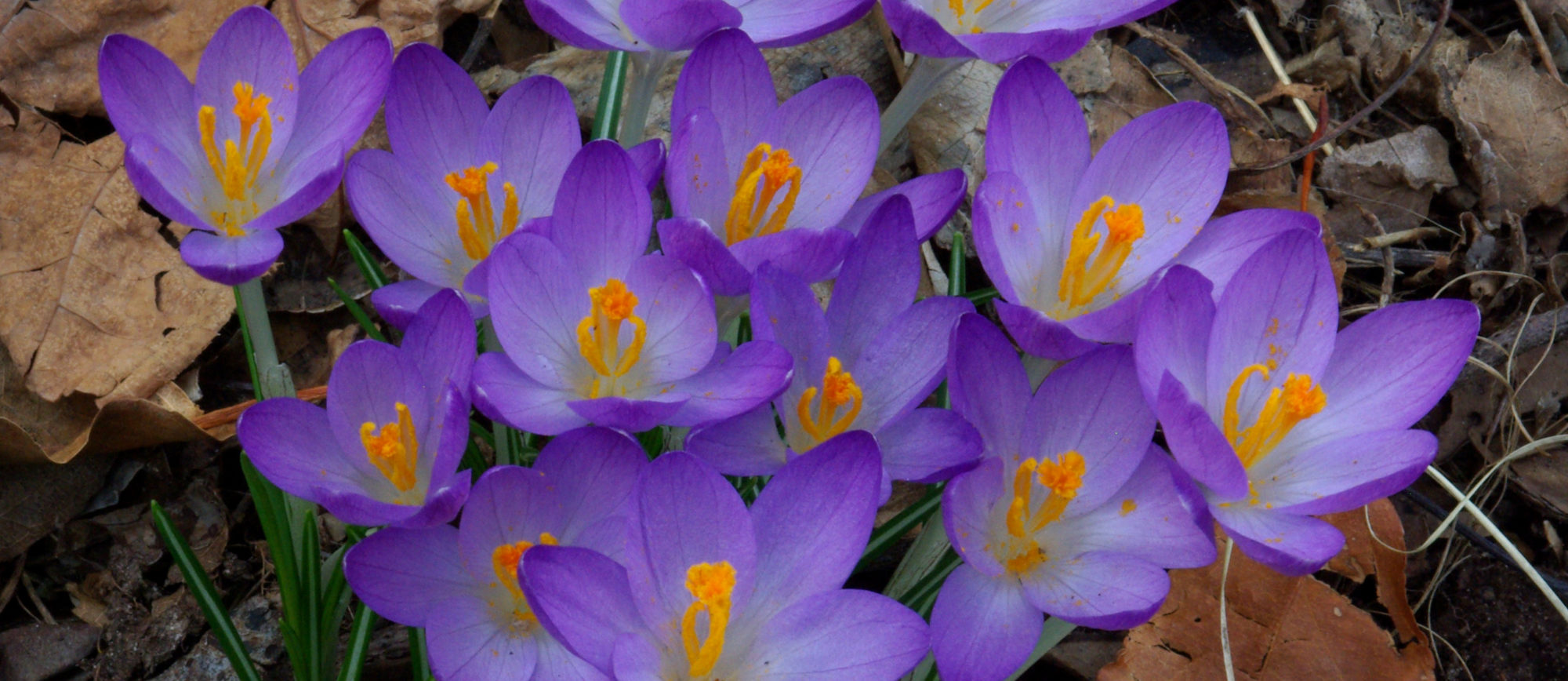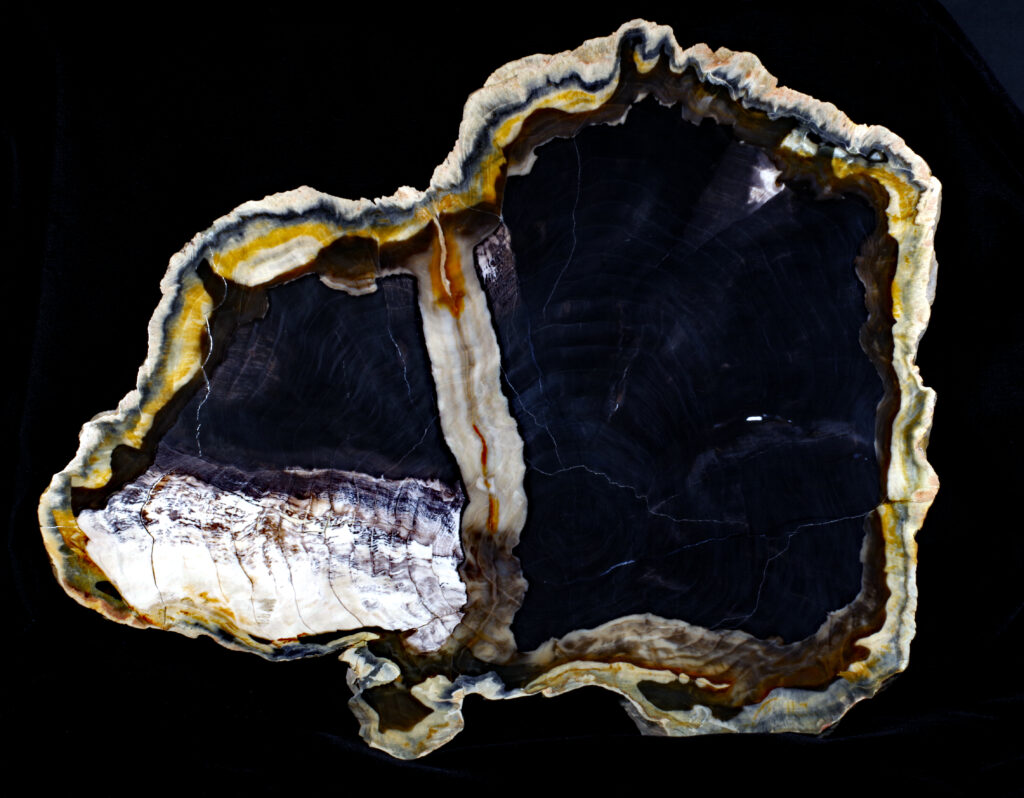
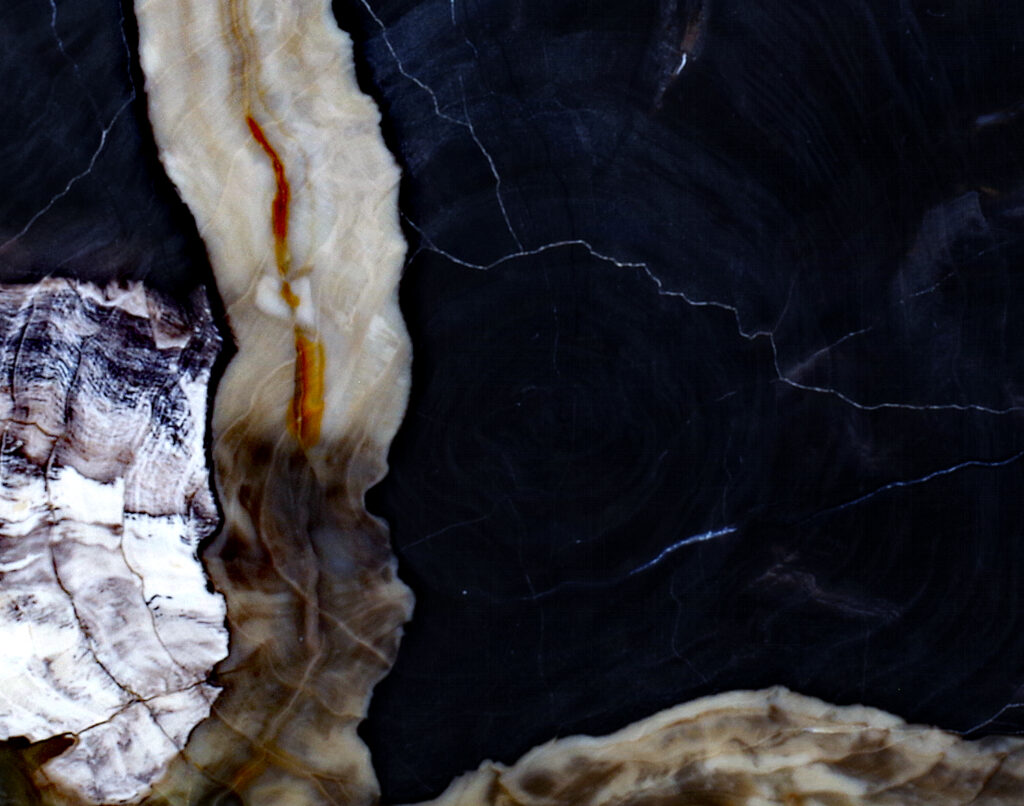
FJD OR 35. Rogers Mountain; Linn County. Tertiary conifer (likely Sequoia or Metasequoia). Very large slice with stunning mineralization. The black portion shimmers as you hold the slice in your hands and turn it in the light. Rogers Mountain black is unlike the black in wood from other locations; It is deep and rich and mesmerizing. The off-white portion is also quite attractive. In person the thick growth rings are obvious yet those within the black are difficult to capture photographically. It’s a fantastic museum piece. It appears in Ancient Forests on page 225. 34 by 27 polished face; 18 mm thick; six pounds and six ounces. $1200 RESERVED
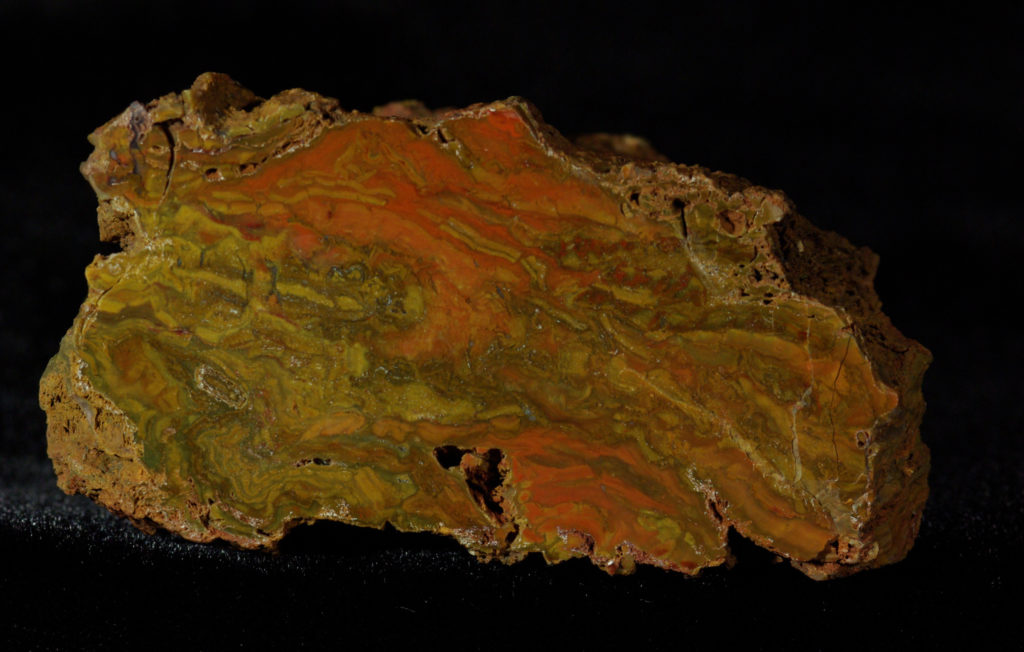
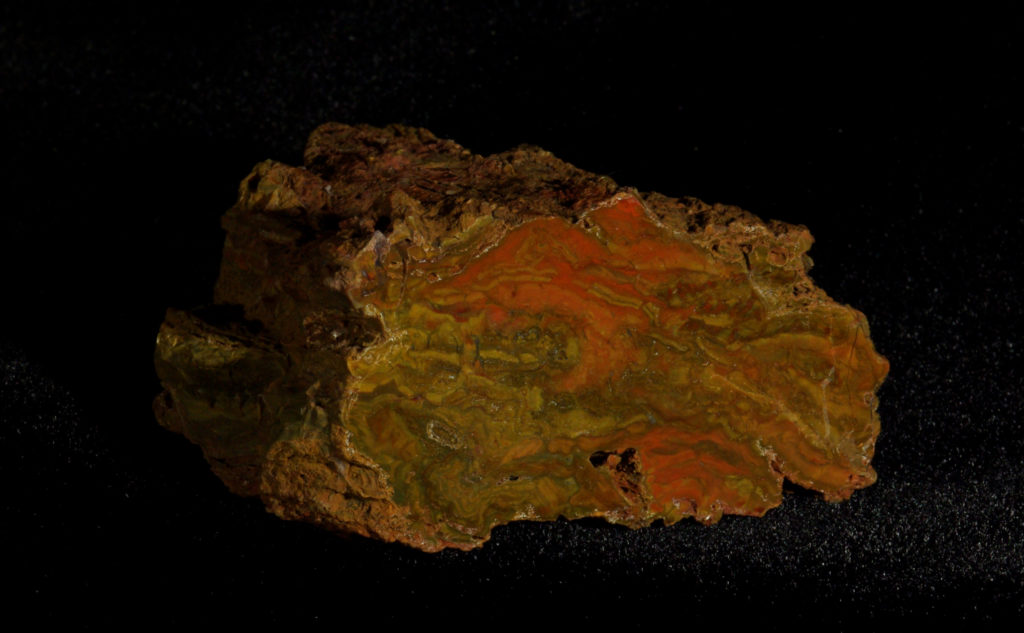
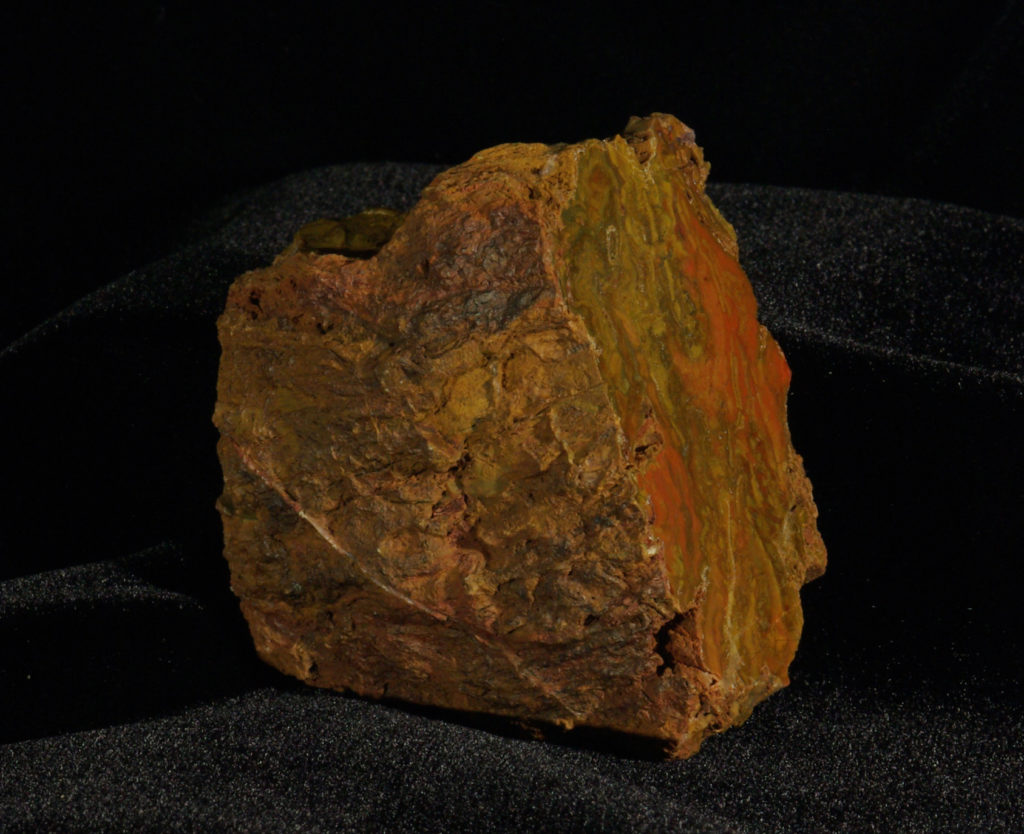
FJD OR 99. Prineville area fern-like Museum Piece. Here’s something different. You be the judge because I am uncertain – It appears to be some sort of fern. Most of this material I’ve seen is heavily fractured but this one’s in nice condition and is a rare full round with pretty much no fractures. All natural but for the cut and polished end. 34 by 64 mm mirror-polished face; 7 cm long; nine ounces. $100
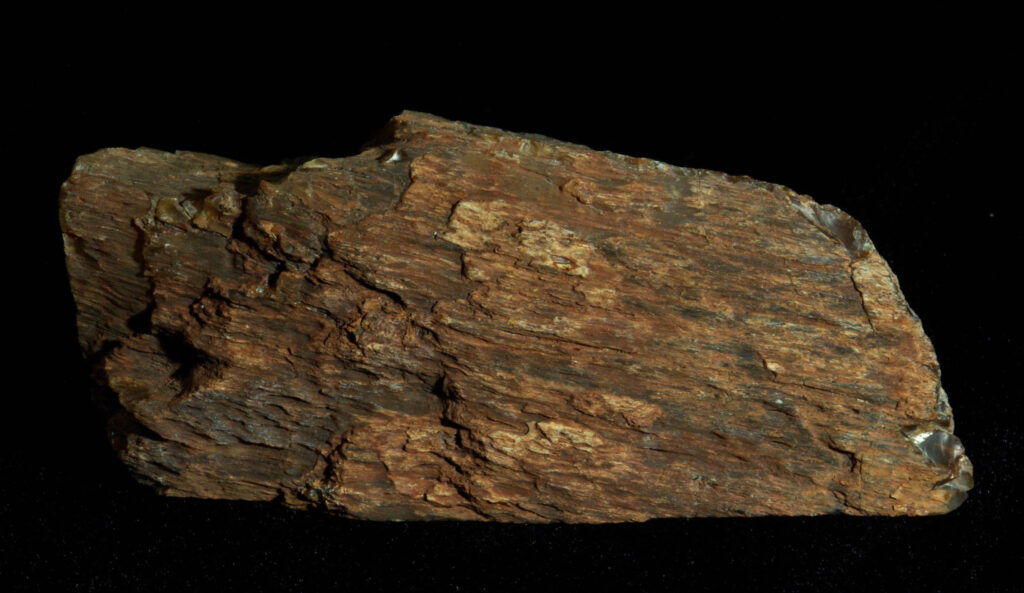
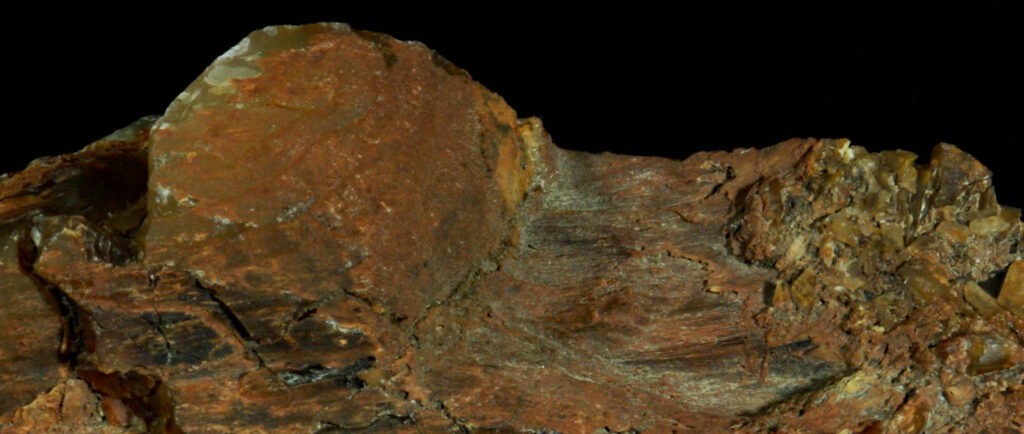
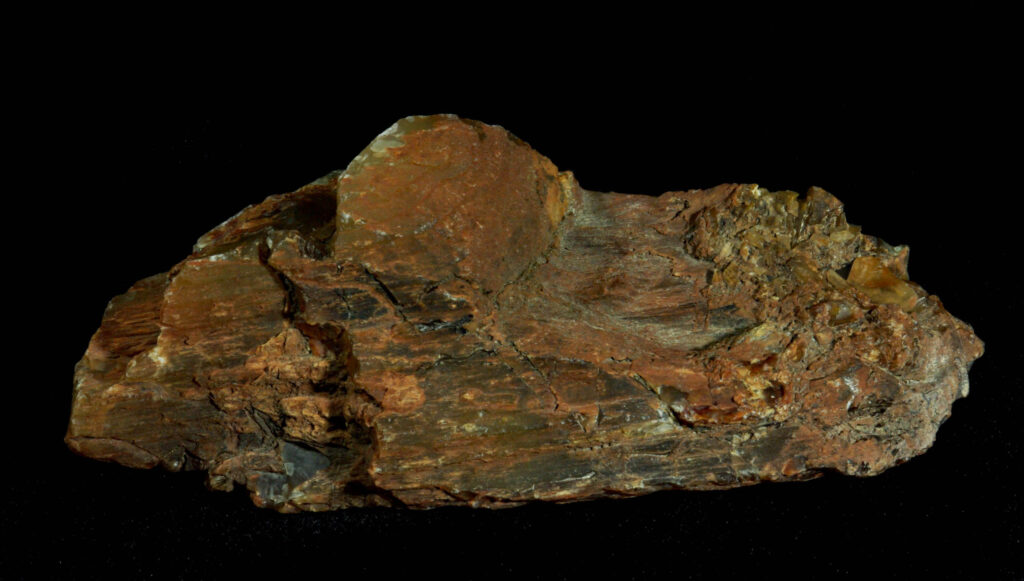
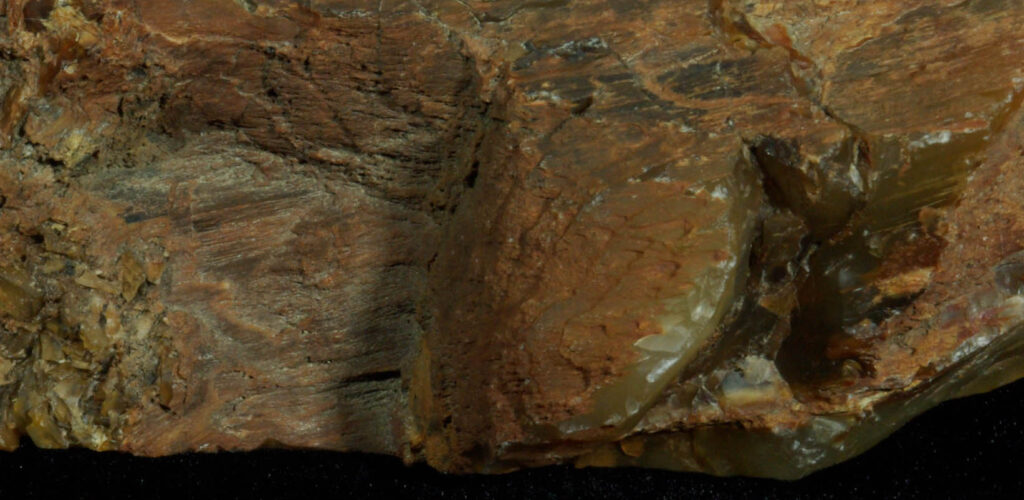
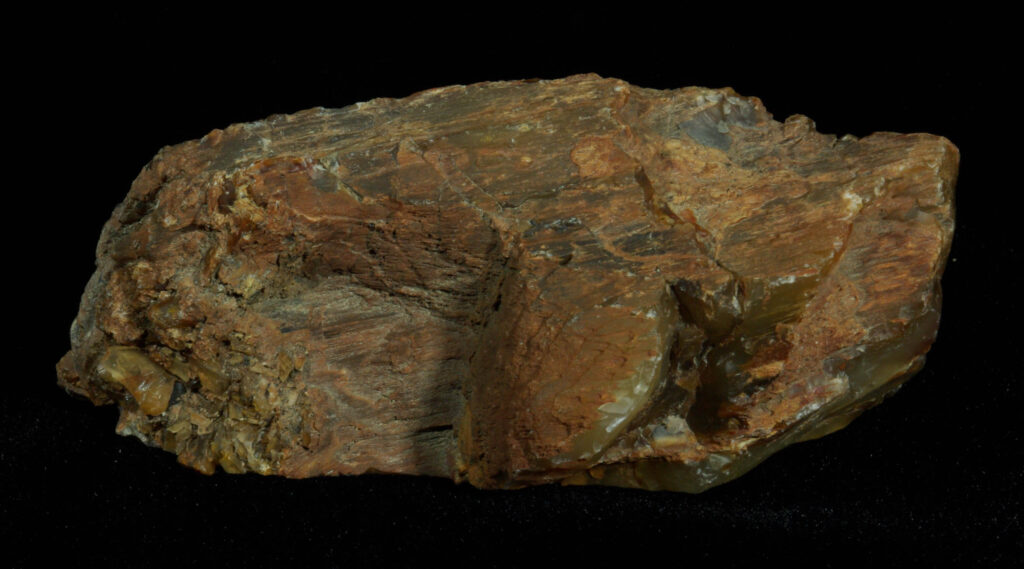

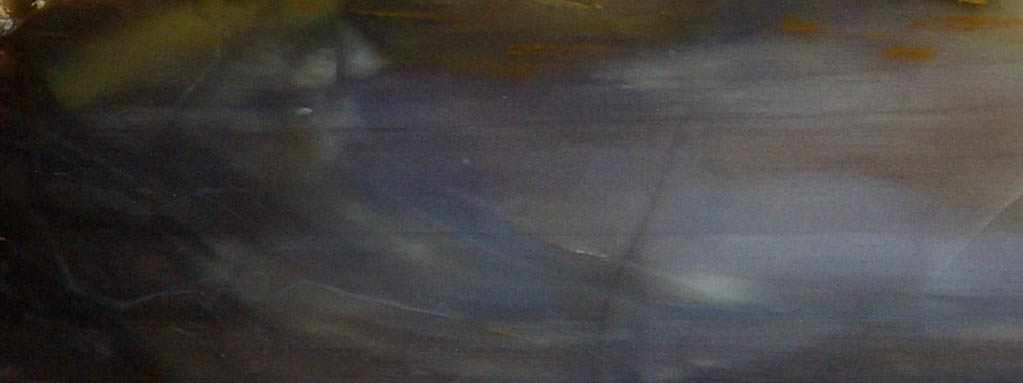
FJD OR 153. Grassy Mountain Museum specimen. Succor Creek formation; Miocene, Malheur County, OR. Rugged, surface-collected wood from Grassy Mountain with much allure and interest. The shape makes you wonder what the heck happened to this tree over the last thirty-million years. No doubt it spent the final few millennia knocking around a hot and windy desert, lending it a rugged demeanor. A beautifully patinaed hunk with one cut and polished face that offers an elaborate display of color and design. No filler or glue – the thrill of natural beauty. 13 by 3 cm mirror-polished face; 5 cm thick; one pound. $225
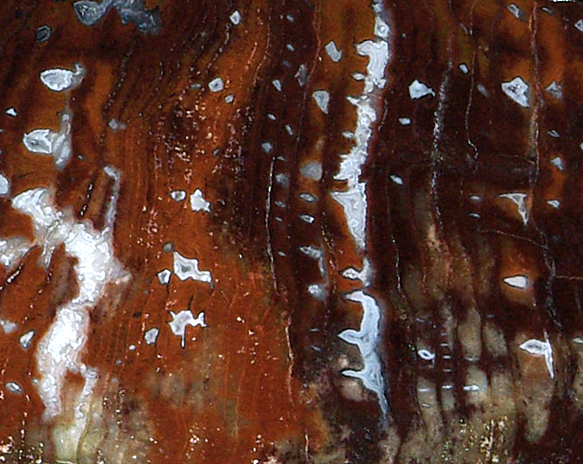
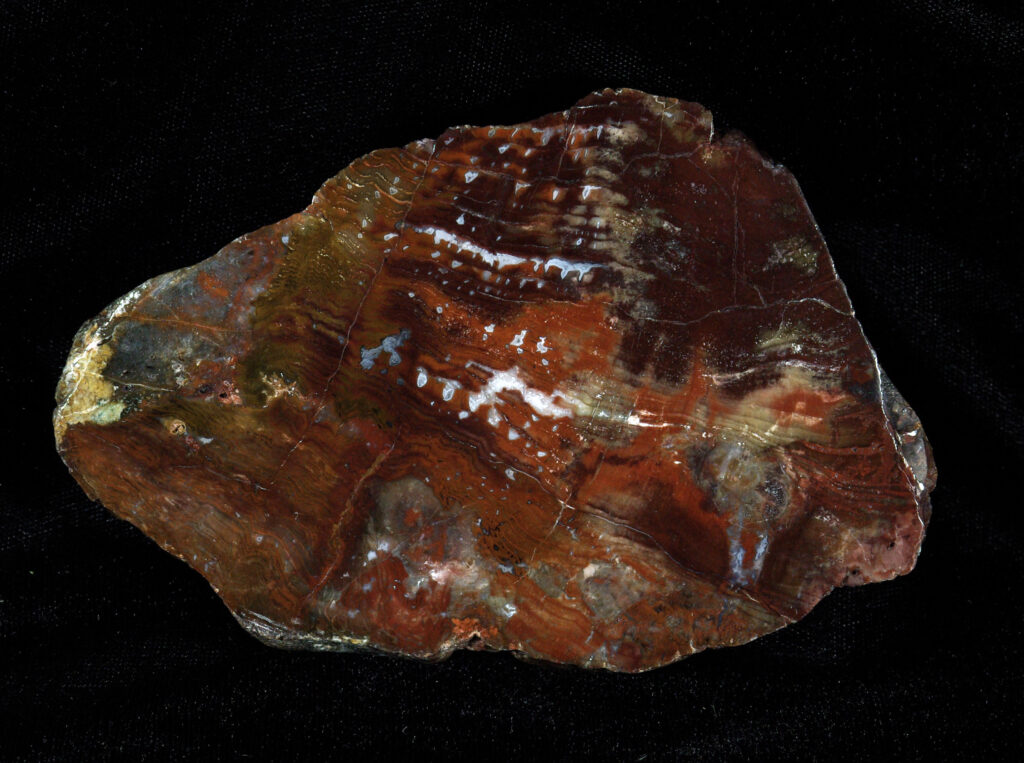
OR 74. Museum specimen. Swartz Canyon. Elm. Specimen round elm section. Nice colors and cell preservation. 12 by 8 cm mirror-polished face and 12 mm thick; seven ounces. $45
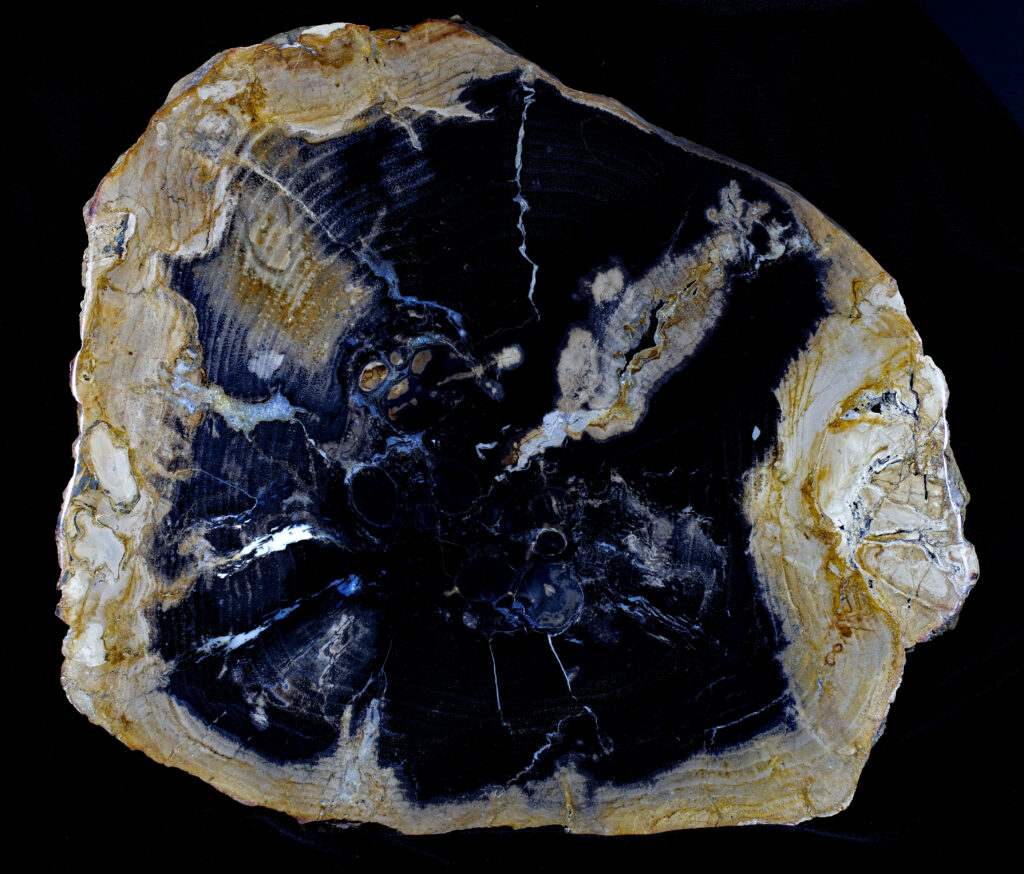
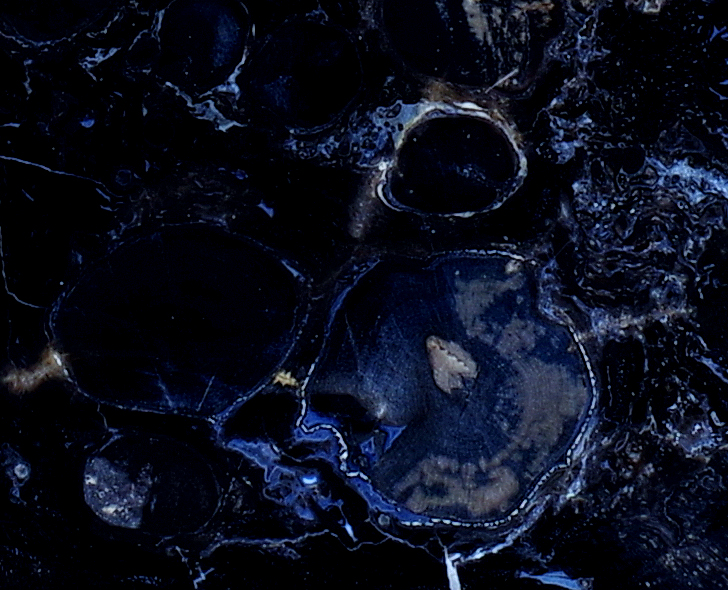
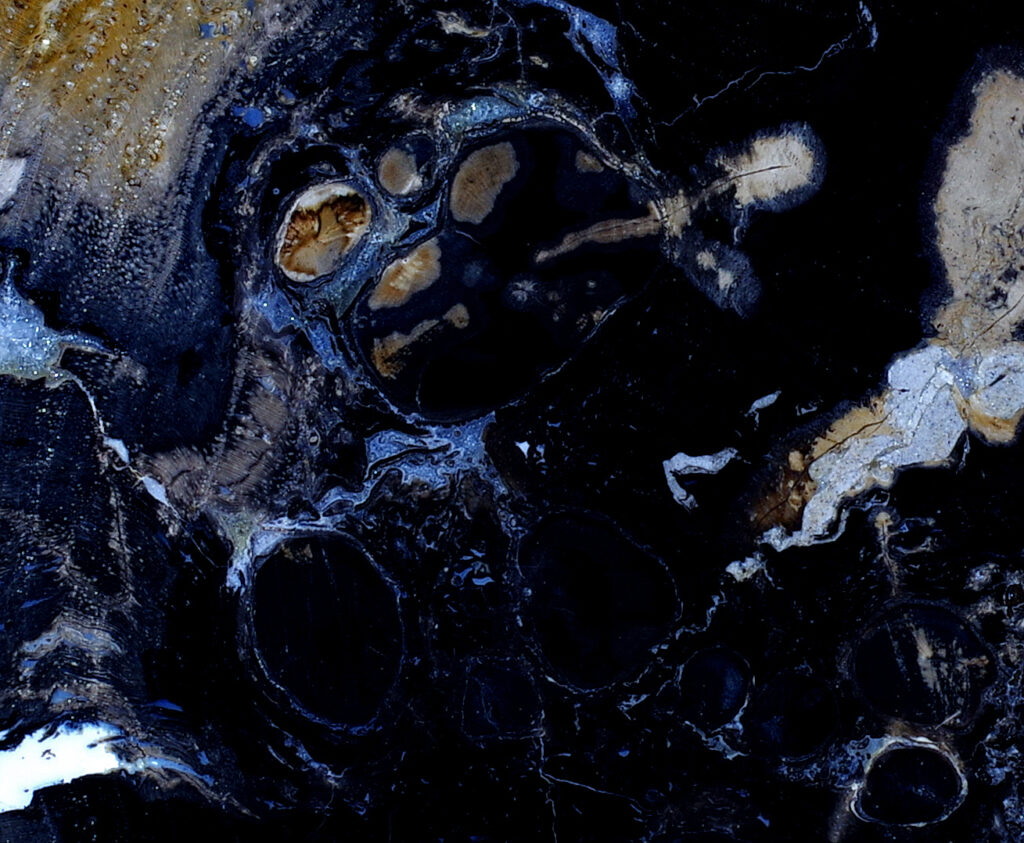
FJD OR 36. Nurse Wood – multiple hearts – hardwood and softwood all in one. Sweet Home; Linn County. Tertiary (Oligocene/Miocene); Little Butte Volcanic Series. The species is rarer in fossil wood than any other. That’s because it is actually two species in the same slice. What happened is that a hardwood (ring porous such as an ash) was growing and somehow broke off leaving a stump. Seeds from a conifer fell onto the stump and took root. The conifer is similar to Sequoia. It includes more than a dozen conifer rounds. I am told that only a few fossil nurse wood logs have ever been found. It’s the only one I have seen. Attractive mineralization plus abundant awe. 33 by 28 cm polished face; 16 mm thick; six pounds and four ounces. $1500 RESERVED
